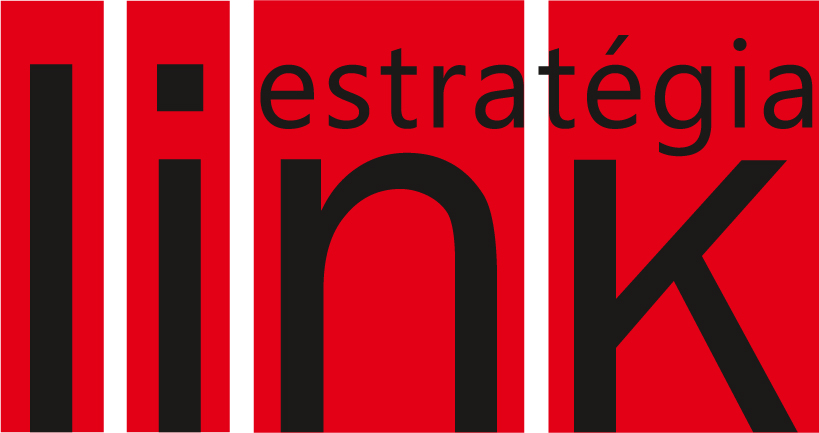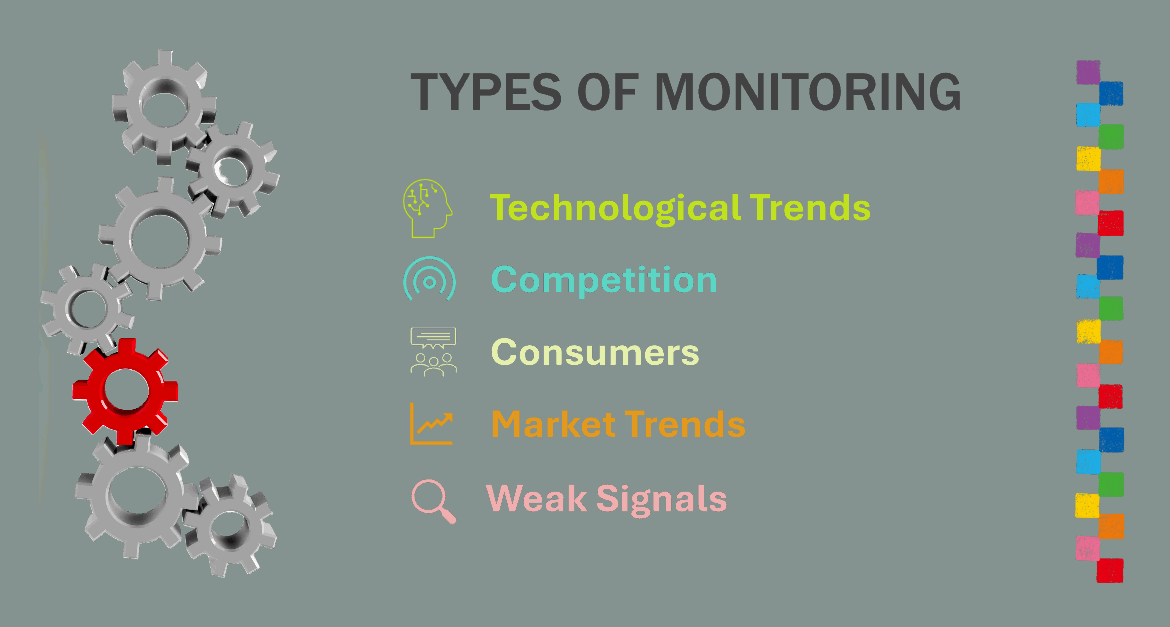The Request
The client*, a European lighting products manufacturer, aimed to increase its market share in Latin America. The company needed to answer two fundamental questions: which markets in the region were the most suitable for its products and what was the best sales, production, and import logistics base to serve these markets.
The Process
Given the broad scope and the client’s need for rapid results, Link combined various methodologies to achieve the desired outcomes. The study encompassed all countries in the Caribbean, Central America, and South America, including Mexico in North America. Together with the client’s decision-makers, we identified relevant drivers for two distinct questions: the best market to sell products and the country with the best business and logistics conditions for establishing the company’s regional base.
Some drivers were generic, such as economic size, political stability, or ease of doing business. Others were specific to the client’s segment, such as sales volumes of lamps/fixtures, the number of schools/courses focused on lighting, or import tariffs for these materials.
To filter countries with the highest potential, analysts selected factors widely available for all nations studied. After the analysis, the initial list of 50 countries and territories was narrowed down to two different groups: eight countries with the highest sales potential and another eight with the greatest potential to host the local base.
In the second phase, these eight countries were studied in depth, evaluating the competitors present in each geography, their market share, sales model and product selection, pricing, specialized workforce, access to energy and raw materials. To reach the final recommendations, we used analytical methodologies such as SNA (Social Network Analysis), Four Corners, Five Forces, and PESTEL.
The Output
At the end of the project, the client received recommendations for three geographies where the market potential for the lighting segment was most promising and where barriers to entry were lower. Another list, also with three countries, indicated where the company had the best opportunities to set up factory and offices to serve the region.
In addition to the recommendations, the client received a detailed profile of each geography researched, with a list of potential local partners, applicable import tariffs, local sales model (direct, through partners, influencers, etc.), technical standards, market access restrictions, and a myriad of aspects that would help the client implement the recommendations in local markets.
Once the client finalized the decision on the prefered geographies, the company requested, as an addendum to the original project, a due diligence study of potential local partners.

The Results
The company had a limited presence in Latin America and the brand was little known locally. By finding the right partners and demonstrating to decision-makers in Europe and the US the potential of each geography, Link Estratégia enabled the client’s growth in the region. From a single office and two distributors in Latin America, the company expanded to three offices in different countries and a network of 16 sales and distribution partners. Since the completion of this project, the client has been recording revenue growth of over 15% per year in Latin America, largely justifying the investment made in the study.
* Link Estratégia does not publicize the name of its clients because the projects are protected by NDAs..
Learn more about other LATAM success story


